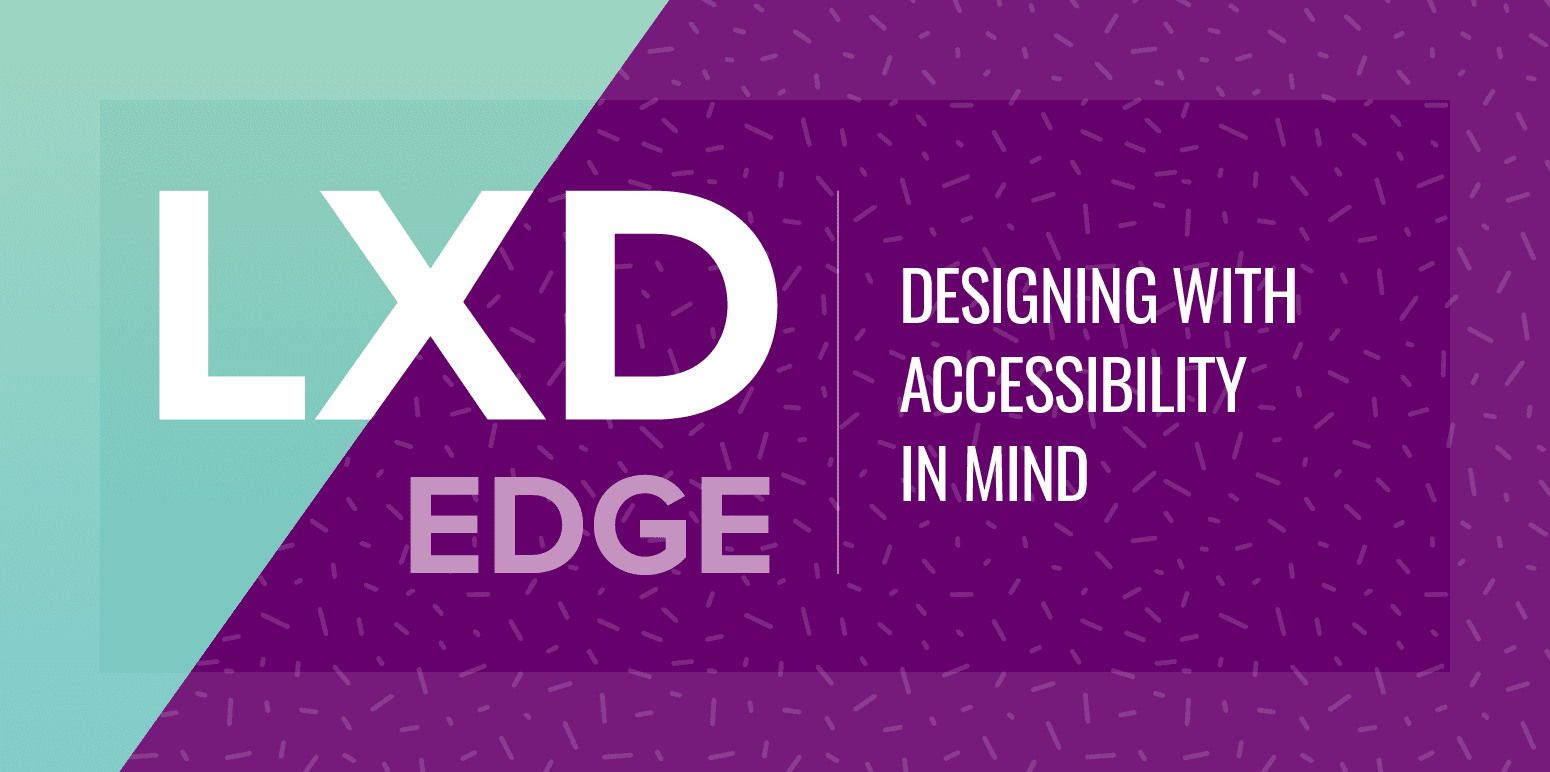
The LXD Edge: Designing with Accessibility in Mind
Imagine it’s your first day at your dream job. You’re excited to dive in – until your manager sends you a mandatory online training course about your company’s HR practices and you can’t understand the content. You have a vision disability, and the words are too difficult to read. What would you do?
Why Accessibility Matters
“The power of the Web is in its universality.
Access by everyone regardless of disability is an essential aspect.”
–Tim Berners Lee
As a creator of the World Wide Web, Tim Berners Lee understood that the web needed to be accessible to everyone. Web accessibility is the practice of designing and developing online content that can be used by everyone – regardless of ability or how they access the internet. It ensures that people with disabilities, and those without, can access the same information, complete the same tasks, and engage in the same learning experiences.
Digital accommodations are key to web accessibility. These can be built in from the start or added later and may include closed captioning, transcripts, different navigation options, voice-to-text, and even simple choices like using high-contrast colors or readable fonts.
While it’s not mandatory (anywhere except the federal sector), accessibility should be addressed because it benefits everyone. Making content more usable for someone with a disability often improves usability for everyone.
Understanding the Legal Landscape
Accessibility requirements are rooted in several key laws:
-
The Americans with Disabilities Act (ADA) requires physical and digital accessibility for state and local government services. Effective June 2024, the Department of Justice (DOJ) revised ADA guidance to include specific requirements for web and mobile content.
-
Section 508 of the Rehabilitation Act and Section 255 of the Communications Act apply to federal agencies and communications technology. These laws were updated in 2017 to better align with modern web practices.
But compliance is uneven. According to a 2024 report by the General Services Administration (GSA), only 23% of governmentwide public internet pages and 25% of public documents meet full accessibility standards.
GSA, who is tasked with ensuring 508 compliance, enforces the Web Content Accessibility Guidelines (WCAG) which are built around four key principles: content must be perceivable, operable, understandable, and robust. While these standards are comprehensive, they can be challenging to implement without the right resources. A quick reference guide can be found easily online.
Web Accessibility in Learning & Development
If you’ve spent time creating a course, you want to to reach as many people as possible. Accessibility helps ensure your efforts don’t leave anyone out.
Consider that HR training course again. It may include video animations, graphics, and onscreen text – which is pretty common in online learning. But without accessibility considerations, it could be unusable for some learners.
To make courses more inclusive:
-
Add closed captions to video and audio content.
-
Use alt text for images and diagrams.
-
Keep font size readable, ideally no smaller than 14pt.
-
Offer full transcripts for multimedia.
-
Ensure color contrast is high enough to be distinguishable by users with low vision or color blindness.
These changes might seem small, but they make a big difference. Use formatting tools like structured headings and semantic HTML. Check color contrast with online tools. Avoid relying on color alone to communicate meaning.
Accessibility shouldn’t be an afterthought – it should be a standard part of the design process.
Getting Started
You don’t need to be an expert to start designing more accessible learning experiences. Try starting small. Choose one element – like font choice, alt text, or captions – and build from there. When in doubt, seek out experts in learning and development or universal design and accessibility, or those who use assistive technologies regularly. Their lived experience can be a valuable guide in creating more inclusive, impactful content.

Written by
Kristen Price
Principal Learning Experience Designer
